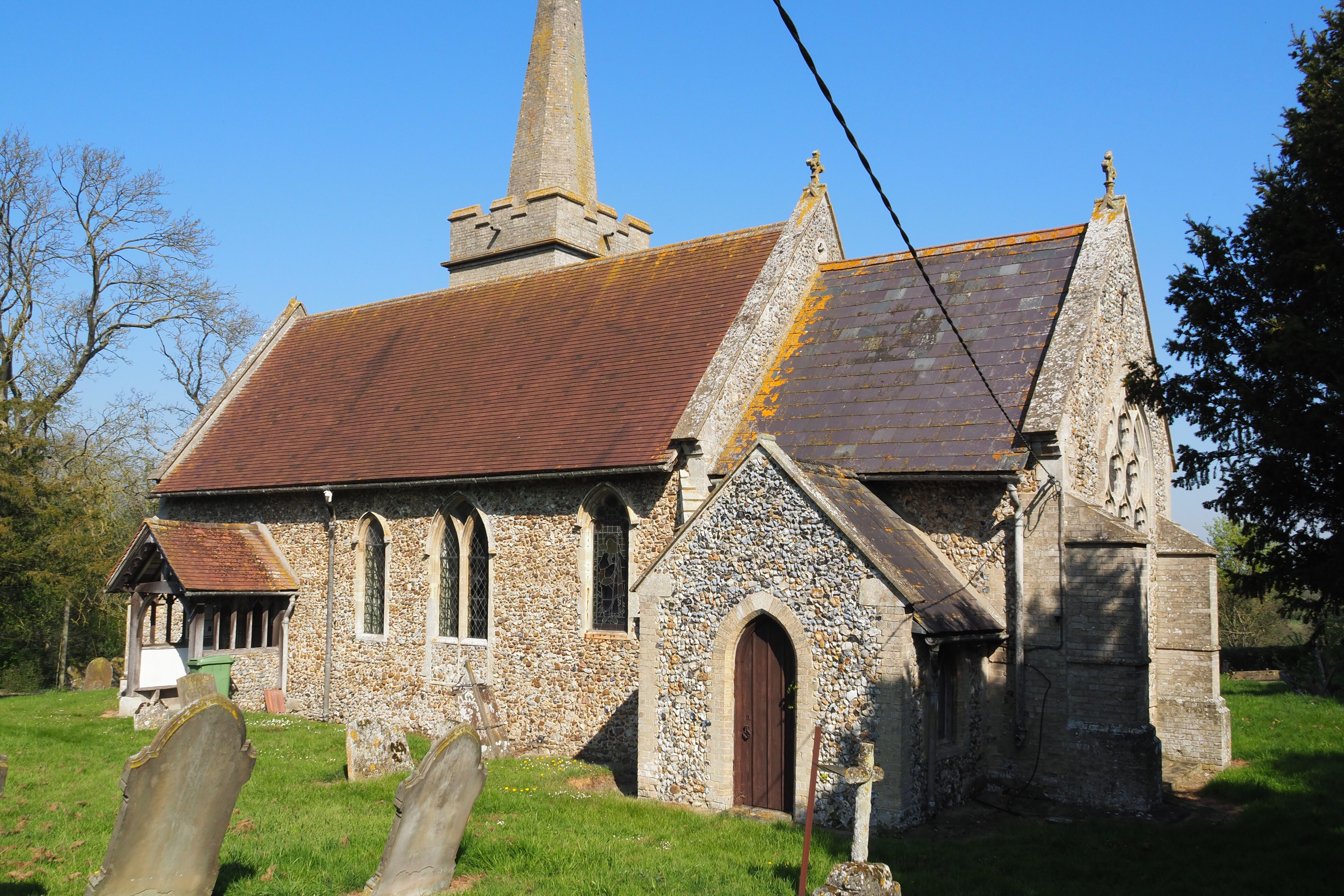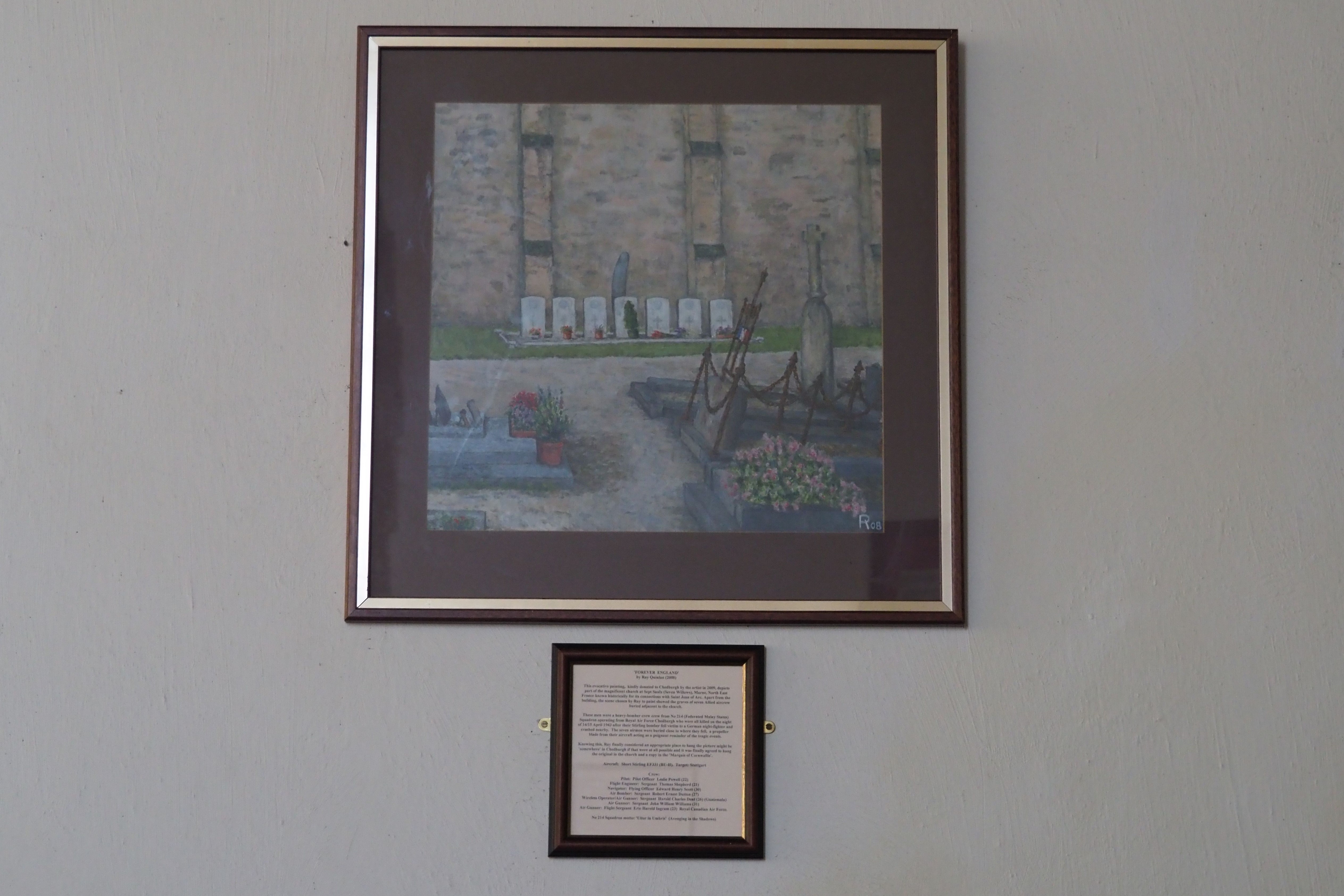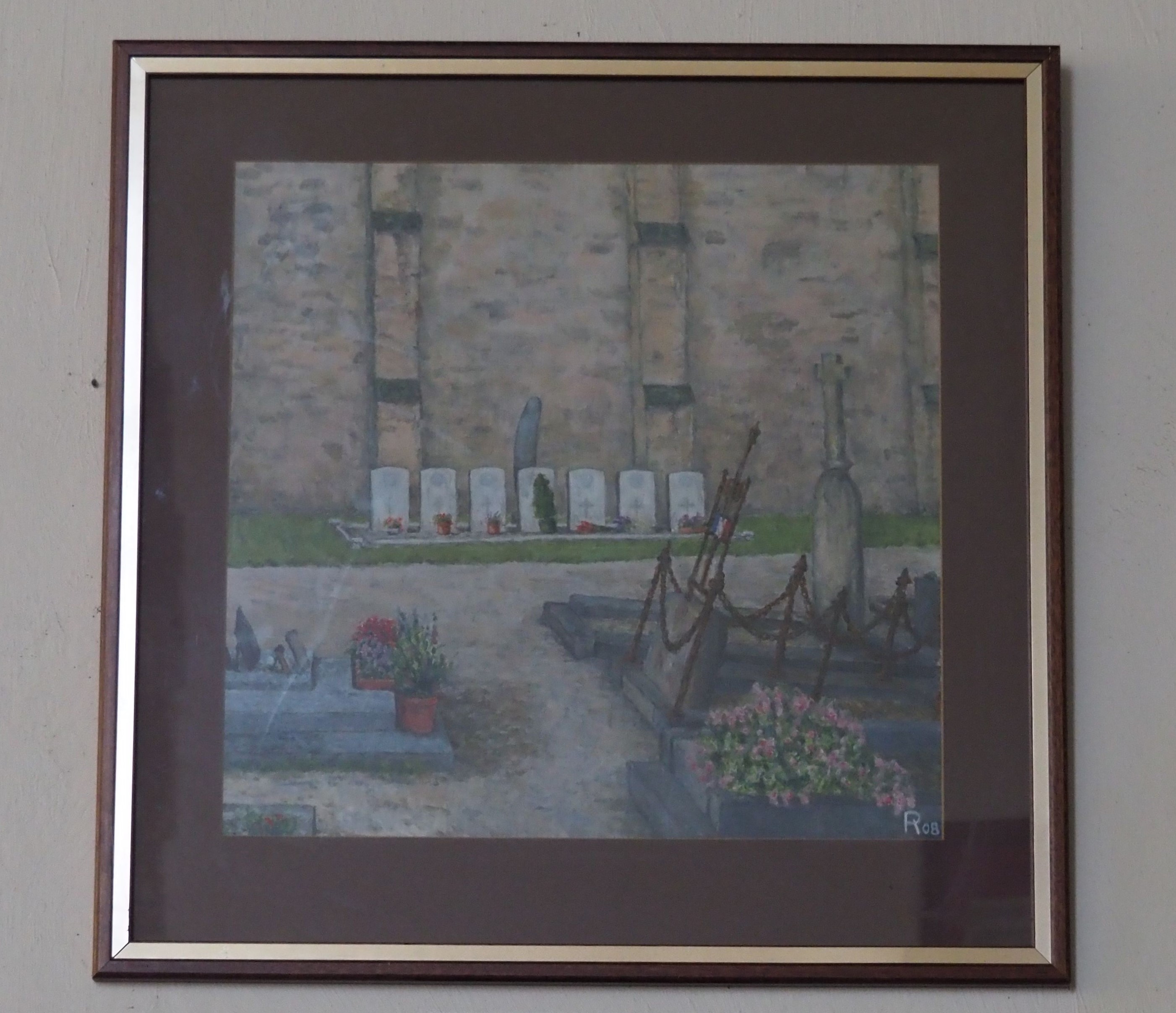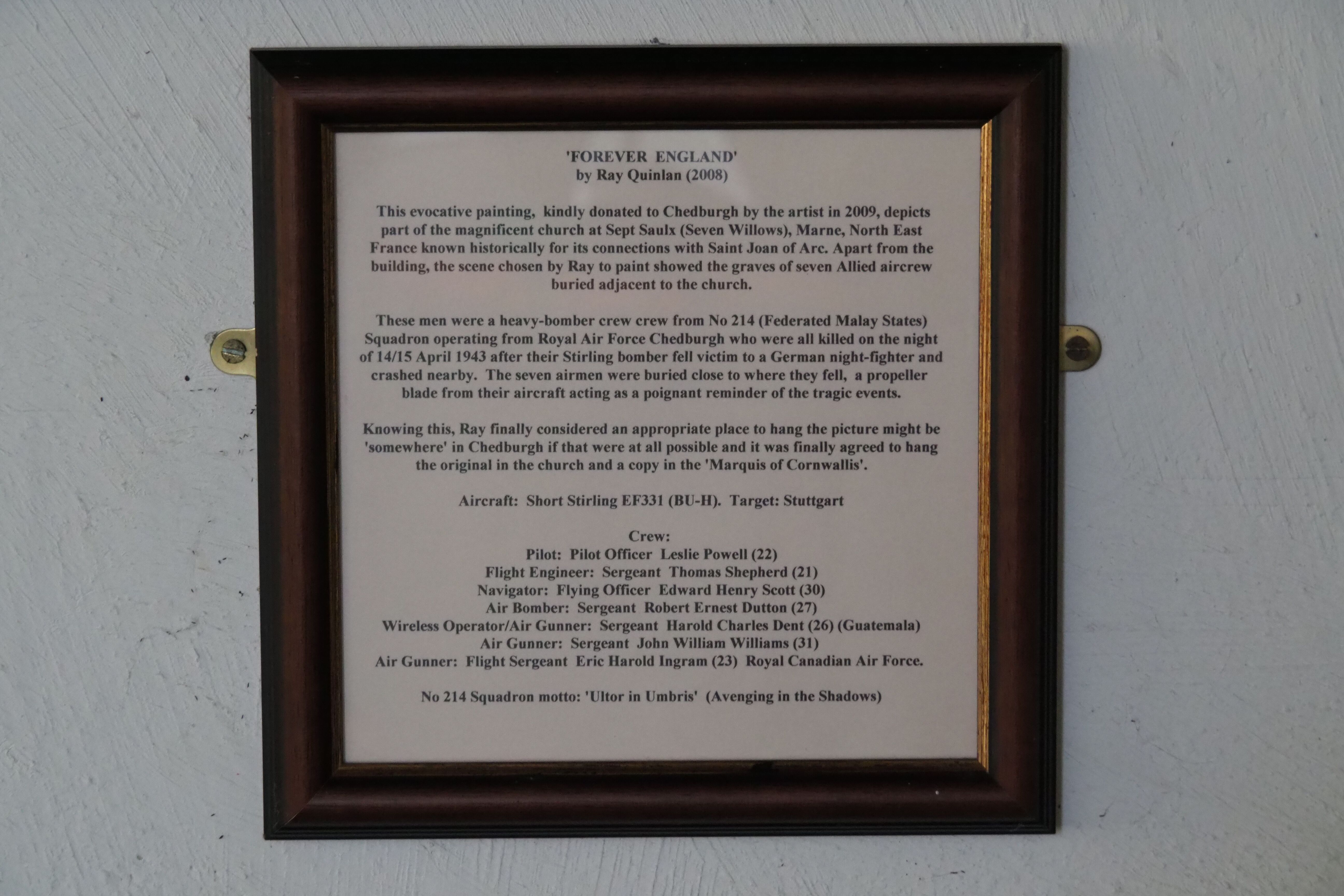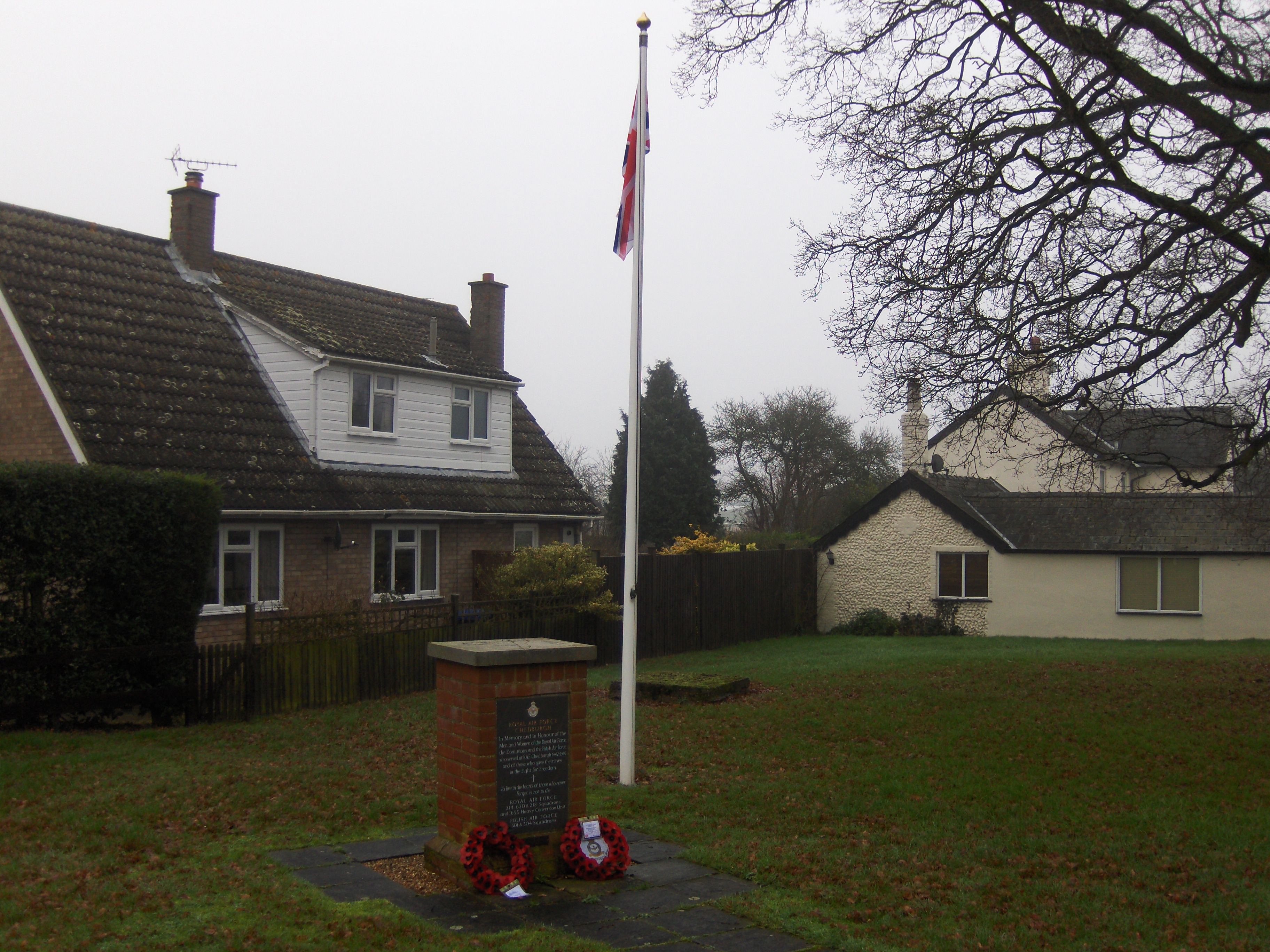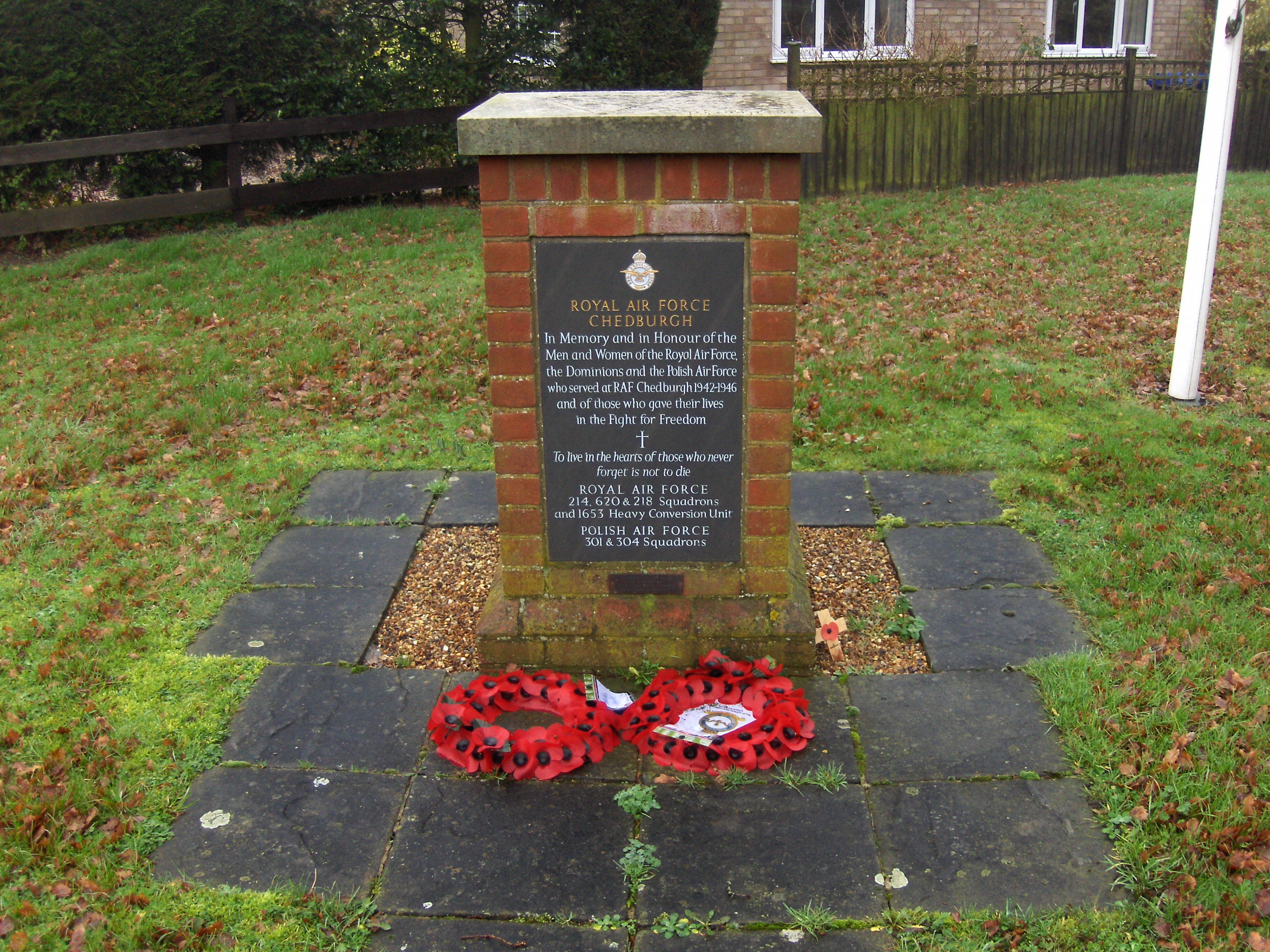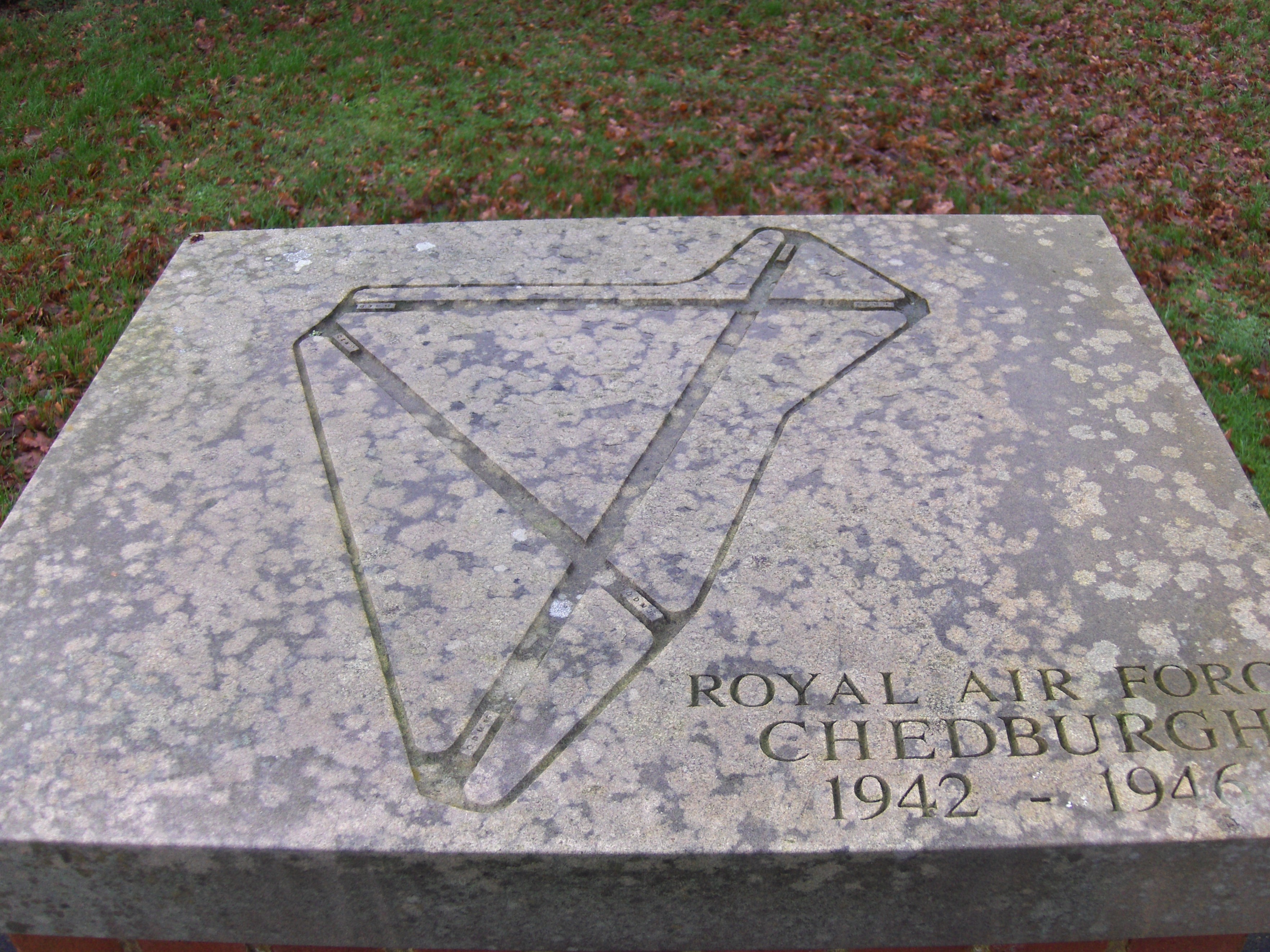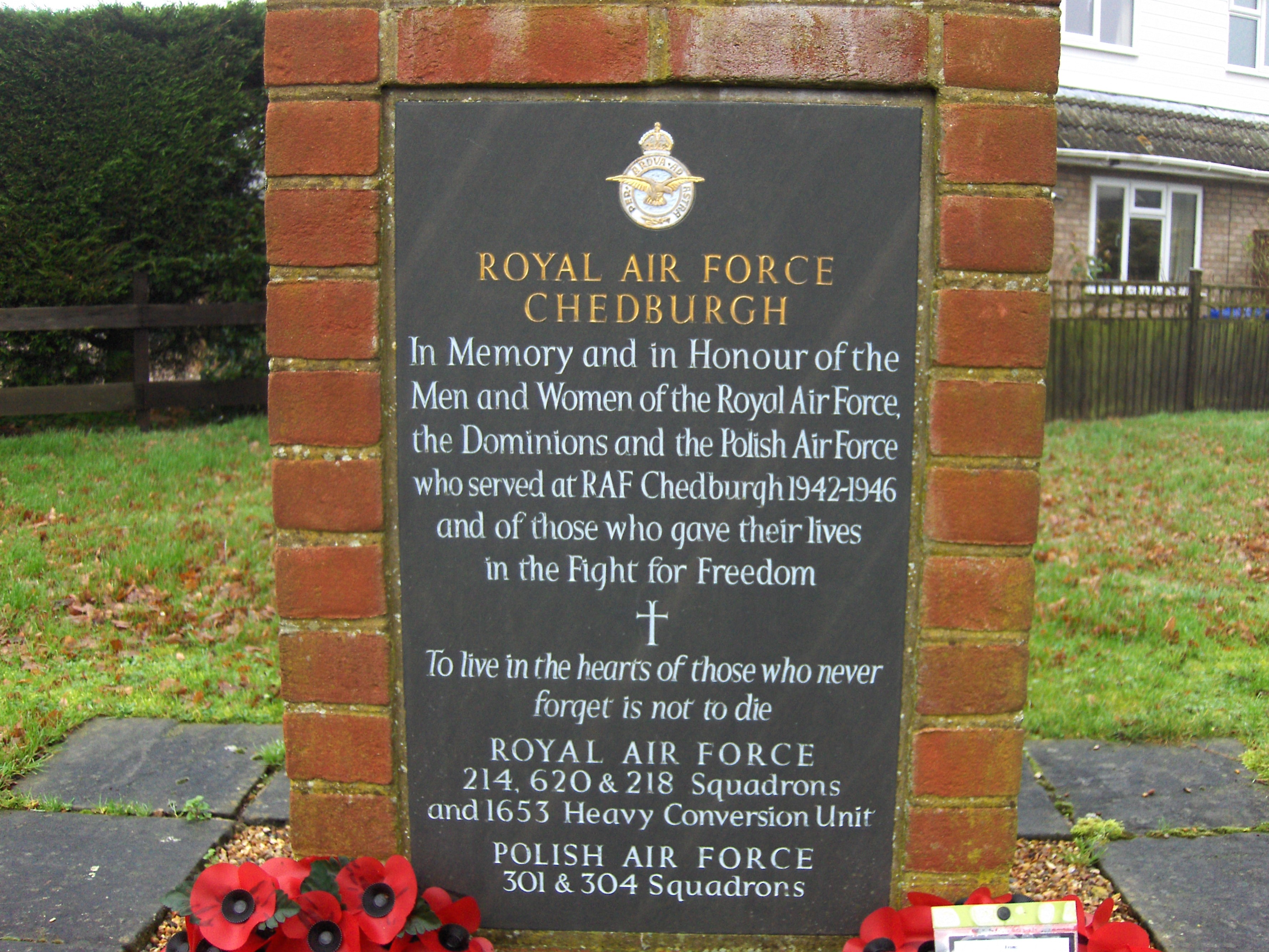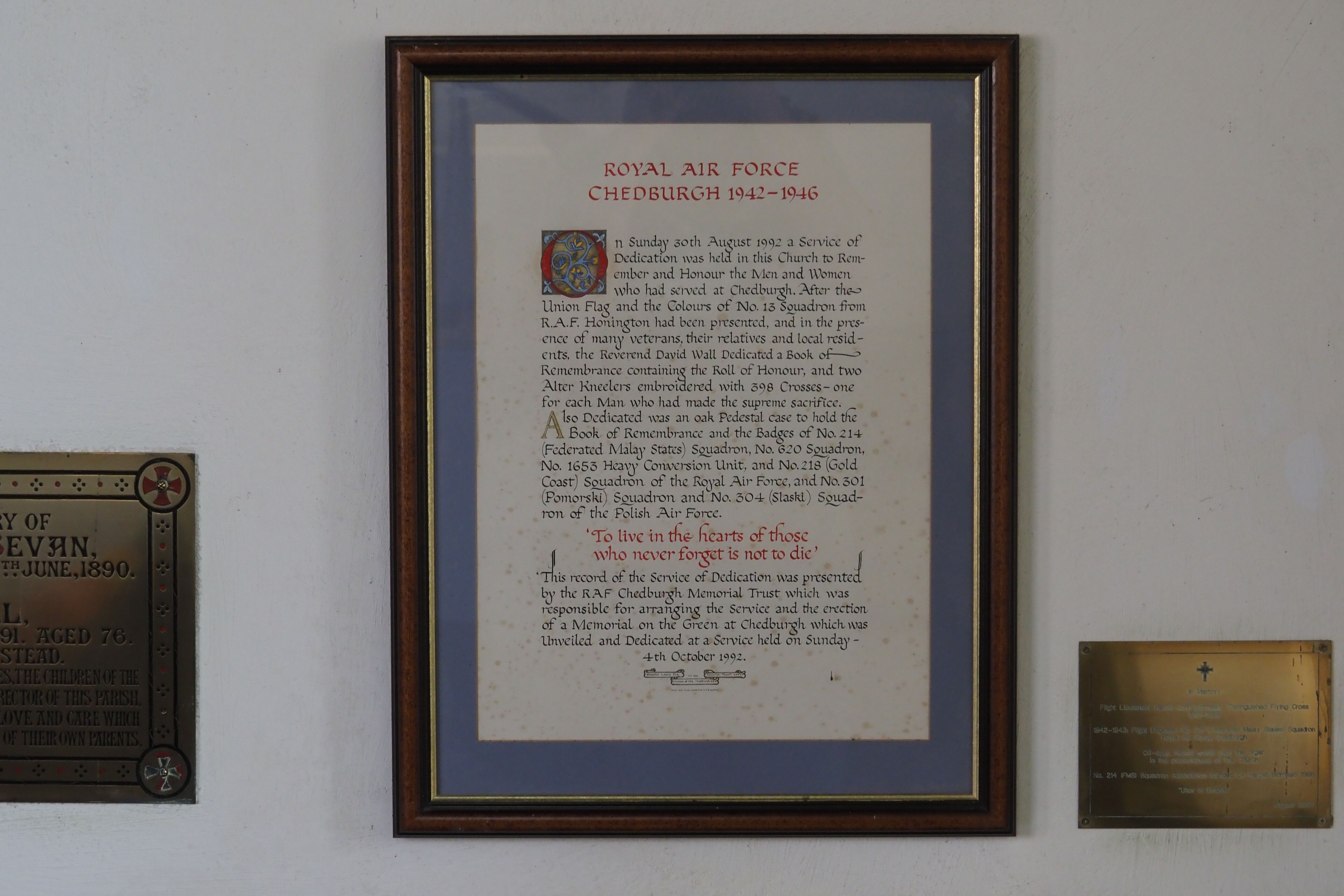Shepherd, Thomas
Personal Information
| Rank | Sgt |
| Forename(s) | Thomas |
| Surname | Shepherd |
| Gender | M |
| Age | 21 |
| Date of Death | 15-04-1943 |
| Next of Kin | Son of William and Mary Shepherd, of Harraby, Carlisle. |
Aircraft Information
| Aircraft | Short Stirling I |
| Serial Number | EF331 |
| Markings | BU-H |
Memorial Information
| Burial/Memorial Country | France |
| Burial/Memorial Place | Sept-Saulx Churchyard |
| Grave Reference | Grave 5. |
| Epitaph | WE LOVED HIM SO, BUT GOD, WHO KNOWS BEST, HELD OUT HIS ARMS & SAID: COME UNTO ME & REST |
IBCC Memorial Information
| Phase | 2 |
| Panel Number | 240 |
Enlistment Information
| Service Number | 573650 |
| Service | Royal Air Force |
| Group | 3 |
| Squadron | 214 (Federated Malay States) |
| Squadron Motto | Ultor in umbris (Avenging in the shadows) |
| Trade | Flight Engineer |
| Country of Origin | United Kingdom |
Other Memorials
| Location | All Saints Church, Chedburgh, Suffolk |
| Country | United Kingdom |
| Memorial Type | Painting and framed scroll |
| Memorial Text | In memory of the crew of Short Stirling EF331 (BU-H) of 214 Sqn. 14/15 April 1943 |
| Location | Village Green, Chedburgh, Suffolk |
| Country | United Kingdom |
| Memorial Type | Brick Monument with Inscribed Marble Tablets |
| Memorial Text | In memory and honour of the Royal Air Force and Polish Air Force Squadrons who were based at RAF Chedburgh 1942 - 1946 |
| Location | All Saints Church, Chedburgh, Suffolk |
| Country | United Kingdom |
| Memorial Type | Memorial Plaques and RoH within wooden case |
| Memorial Text | Roll of Honour and scroll remembering the members of the Royal and Polish Air Forces who served at RAF Chedburgh 1942 - 1946 |
Commonwealth War Graves Commission
The National Archives
| Record of Events (Operational Record Book) AIR 27/1322/8 |
| Summary of Events (Operational Record Book) AIR 27/1322/7 |
Fellow Servicemen
Please note that this list gives all the losses aboard the quoted aircraft and occasionally these may have occurred on an earlier date when the aircraft was not itself lost. Please check the dates of death carefully.
Last Operation Information
| Start Date | 14-04-1943 |
| End Date | 15-04-1943 |
| Takeoff Station | Chedburgh |
| Day/Night Raid | Night (72% moon) |
| Operation | Stuttgart. 462 aircraft, 23 losses (5.0%). PFF claimed accurate marking but the bombing was concentrated to the north east. This is an example of a phenomenon called 'creepback' where successive crews would release their bombs earlier and earlier on an effort to turn for home as quickly as possible. Fortunately the bombed suburbs included many industrial installations so some useful damage was caused. An air raid shelter packed with French and Russian PoWs was hit, increasing the death toll to 619, a new record. |
| Reason for Loss | Shot down by a night-fighter and crashed SE of Reims, France |

